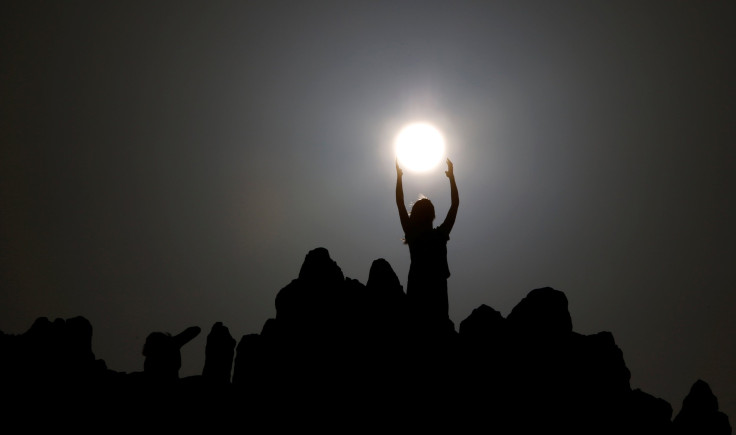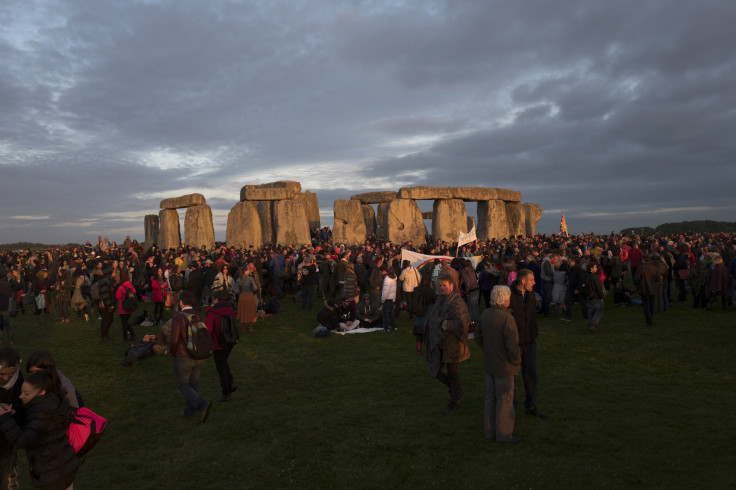Summer Solstice 2017: Facts To Know About The First Day Of Summer

The longest day of the year, also known as the summer solstice, is Tuesday and marks the first official day of summer in the Northern Hemisphere, when the sun reaches its northernmost point in the sky. The shortest day of the year, known as the winter solstice, occurs between Dec. 20 and 22.
Here are some facts to know about the first day of summer.
What does solstice mean?
The word "solstice" is from the Latin "solstitium" from sol (sun) and stitium (to stop), meaning the sun standing still. It literally means “furthest or culminating point; a turning point.”
Read: 17 Best Summer Solstice Quotes For Sun Lovers
Why does the solstice occur?
The solstice happens twice annually due to the Earth’s axis of rotation, and known as the summer and winter solstice. The scientific reason behind summer solstice is that it occurs precisely when the Earth's axial tilt is most inclined toward the sun, at the degree of 23° 26', its most extreme.
Solstice doesn't mean earliest sunrise or latest sunset of the year
It doesn't always mean every location will see the earliest sunrise or latest sunset on that day. While the sun does stay in the sky longer on the day of summer solstice, it rises earliest a few days before, and sets latest a few days later.
When does summer solstice end?
The summer solstice, which falls between spring and autumn, starts June 20 and lasts until Sept. 23.
Some places have constant sunlight on summer solstice
The so-called "midnight sun" shines all day during the solstice in some parts of Alaska, Canada, Sweden and Finland, according to Space.com.
The Arctic Circle is bright for 24 hours
On this day, the sun does not go down in the Arctic Circle. It will mostly stay light from June 19 to June 21.
Read: 12 Best TV Shows To Binge-Watch On Netflix This Summer
Importance of Stonehenge on Summer Solstice
Thousand of people travel to the ancient monument of Stonehenge in the U.K. to see the sun rise and set as the Stonehenge was constructed in such a way so around the time of the solstice it allows onlookers to see the sun move precisely above its Heel Stone, which stands just outside the circle to the northeast.

How people celebrate this day?
Several people prefer performing Yoga as part of a tradition to mark the summer solstice. Many people visit the New York City's Time Square while thousands travel to Stonehenge to do yoga and worship the sun every year. You can watch the live stream of Time Square Summer Solstice event here.
This is not the hottest day of the year
In most places, the first day of summer isn’t the hottest day of the year. The temperature varies by location, and mostly the southwestern parts of the U.S. has its hottest temperatures between now and mid-July while the northeast has its warmest temperatures from mid-July to early August, according to the National Centers for Environmental Information.
© Copyright IBTimes 2024. All rights reserved.





















